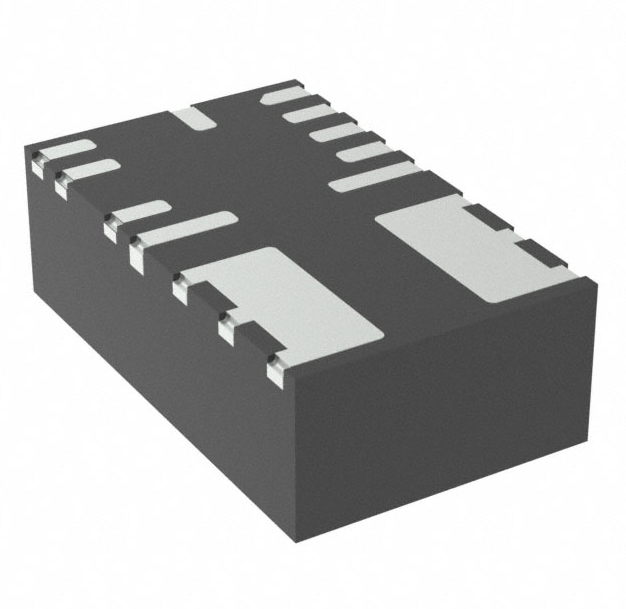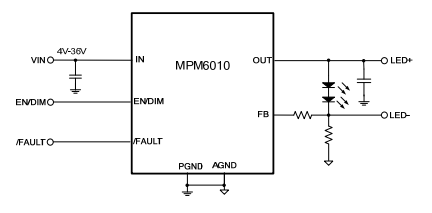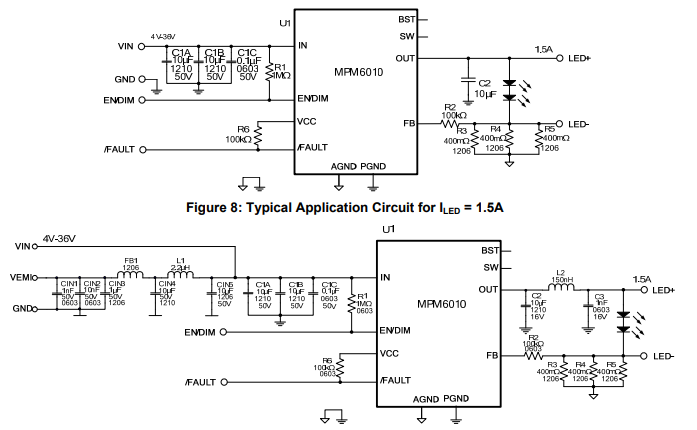
The advantages of LED, such as long life, small size and low power consumption, perfectly match the requirements of today's environment-friendly vehicles, which also makes LED popular in automobile lighting. From the atmosphere light, signal indicator light, digital screen backlight inside the car, to the turn signal light, brake light, fog light and daytime running light outside the car, LED applications have been seen everywhere inside and outside the car. In the near future, LED is also expected to replace high-power headlights dominated by halogen or xenon lamps
Typical application

High reliability plays an important role in automobile engineering, which is especially important in automobile exterior lighting. The vehicle status (turning, parking, alarm, etc.) depends on it. The general principle of maximizing reliability is to minimize the number of components on the circuit board: the fewer components, the fewer potential failure points, and the fewer materials required. The simpler the design, the easier it will be to debug and market.
Packing Reference

In addition, with the reduction of LED systems, the relevant electronic equipment driving these systems must also be reduced. A common way to achieve small circuit board design is to increase the switching frequency of the driver, thereby reducing the size of the relevant inductance and capacitance. However, higher switching frequency will cause a sharp increase in electromagnetic interference; The square relationship between EMI and switching frequency means that doubling the switching frequency will increase EMI four times. In order to solve this problem, designers must minimize the sensitive loops with active instantaneous current when optimizing the circuit layout and selecting low loss components. These sensitive paths usually include switches, energy storage inductors and decoupling capacitors. Another way to reduce electromagnetic interference is to add metal shielding. Of course, the cost will also increase significantly, which is unacceptable to the price sensitive lighting market.
Block diagram

Furthermore, although LEDs have less power than halogen or incandescent lamps, thermal management is still a big problem because it is directly related to the expected life of LEDs. LED is famous for its working life of hundreds of thousands of hours, but too high junction temperature will sharply reduce its life, and the harsh weather conditions under which vehicles may work will further reduce its life.
Typical application circuit

MPM6010 is a synchronous rectifier step-down LED driver with built-in power MOSFET, inductor and two capacitors. It provides a very compact solution. With only four external components, it can achieve 1.5A continuous output current in a wide input range. It has excellent load and linear regulation. The MPM6010 has a synchronous operating mode to achieve high efficiency. All round protection functions include over current protection (OCP) and over temperature shutdown protection (TSD). MPM6010 can significantly accelerate the time to market, while avoiding design and production risks.